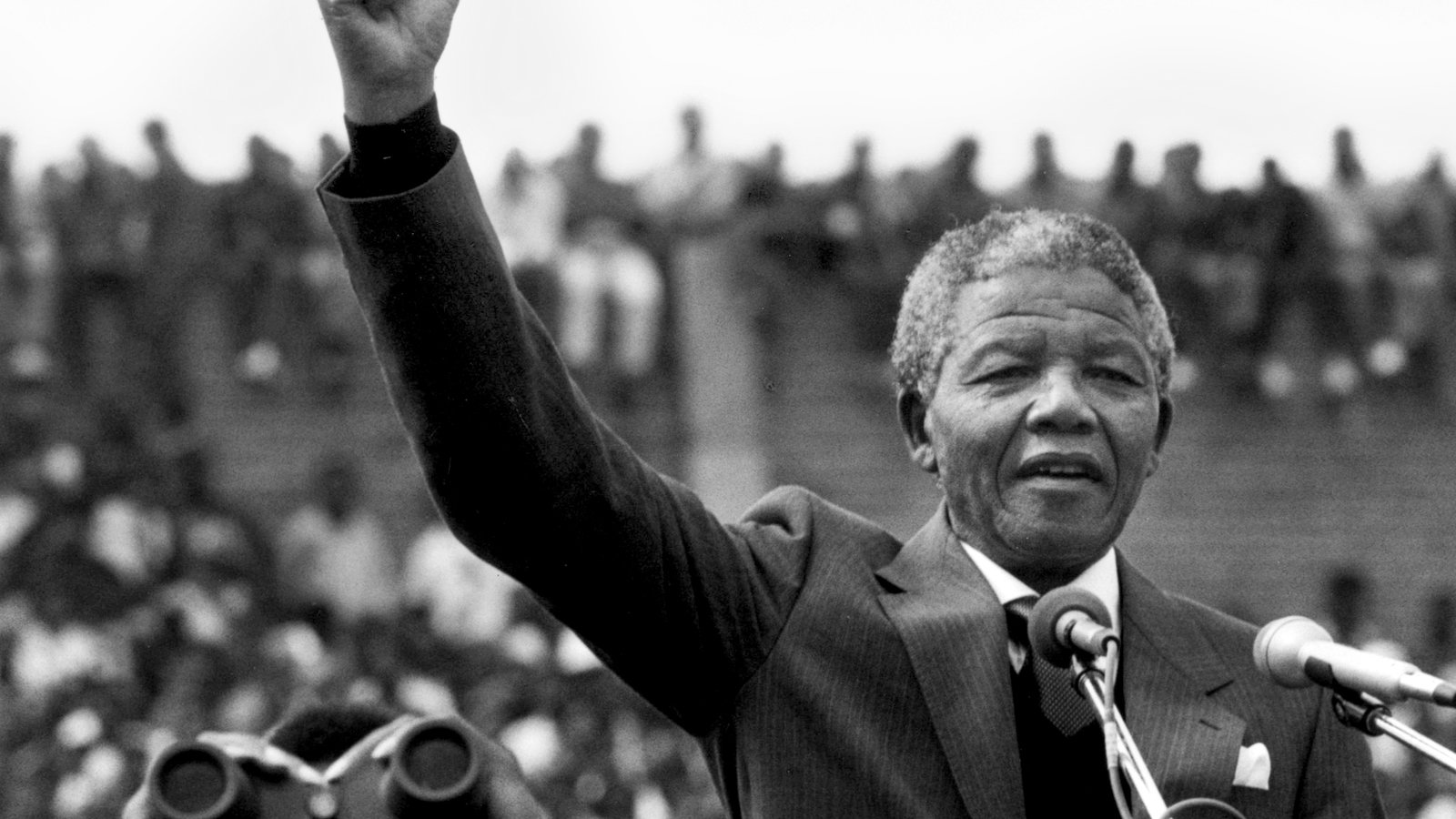Reconciliation? What Does It Mean? How Does It Work?
The Academy of Political Science
The basic idea of reconciliation is “coming back together” or “becoming friends again” this can be identified as one of the major instances in the peace building agenda.
The parties of a conflict coming back together or becoming friends following a dispute or a conflict is a huge step. In order to achieve this feature, it is necessary to address the reason which broke down the friendly relations between the two parties, this is particularly necessary for societies that have had civil wars and violence for a extended period of time. Such communities are severely divided due to past experiences. Reconciliation in such communities requires a process of participation of all citizens where people can abandon the past mistrust, enmity and suspicion in order to build new relations of friendship, trust and mutual understanding. This is known as a healing process.
Reconciliation occurs at 3 levels,
1. Psychological level
This basically means preparing the people to handle their painful past in a positive manner, since it involves psychology healing process
Ex: Helping Sri Lankan Tamils to handle the “Black July” memories or the Sinhalese to handle “memories of bomb attacks” positively.
2. Social level
The reconciliation requires a social level preparation. This includes promoting the concept of forgiveness instead of division and the concept of friendship instead of hatred. Therefore, the society should be prepared to live with empathy for each other. This is known as the process of social healing.
3. Political level
Parallel to the psychological and social healing processes it is necessary to take necessary steps to initiate a political healing process. This includes a political reforming process which addresses economic, political and social causes behind the conflict.
The ideal example for reconciliation from world history the South African experience of reconciliation following independence to battle the conflict of racism. The South African experience emphasized that the reconciliation process has important features such as truth seeking, justice and independence are linked together.
The term truth seeking stands for a transparent process which reveals the actual facts behind the violence which occurred during the conflict. Therefore, accurate information should openly be shared with victims and their families. This is emphasized as an important step in the direction of healing.
The justice refers to a process where justice is serves to every victim of the conflict by discovering human rights violations done by each and every party of the conflict.
The truth and reconciliation commission of South Africa established in 1995 by the Nelson Mandela. Administration is the most famous example for this process. This is considered as landmark in conflict management. Since it advanced a new approach to justice which was known as restorative justice. This approach to justice was based on the key principal of forgiveness.
Details
• 2 mins read
• January 17 2021
